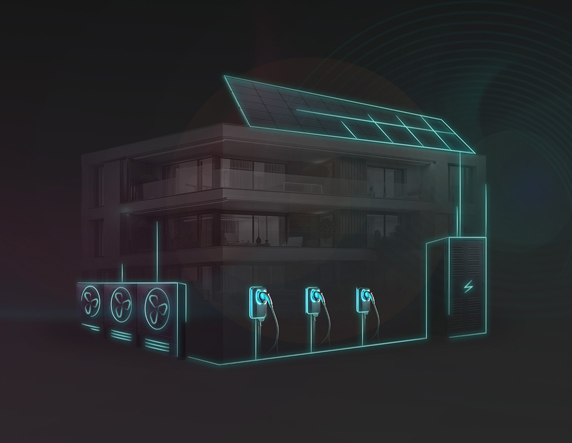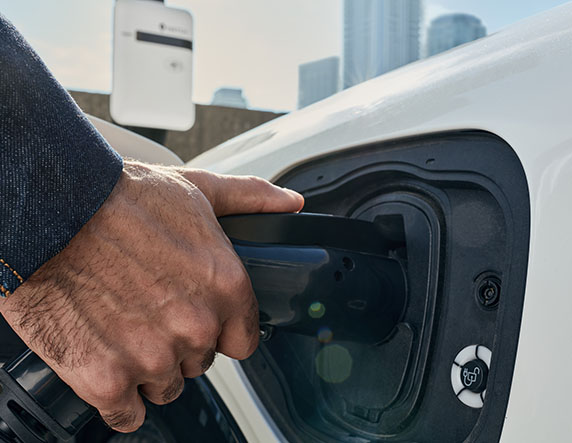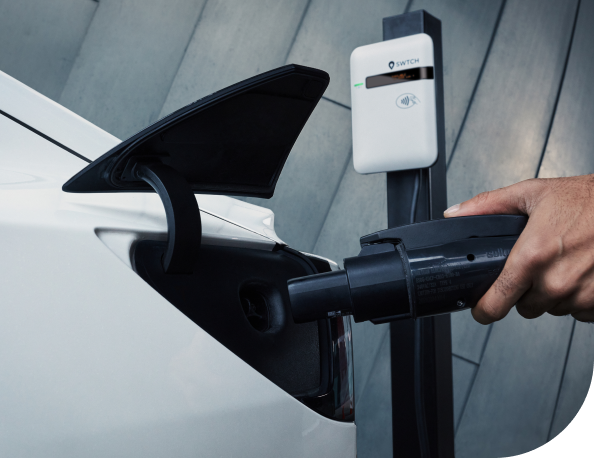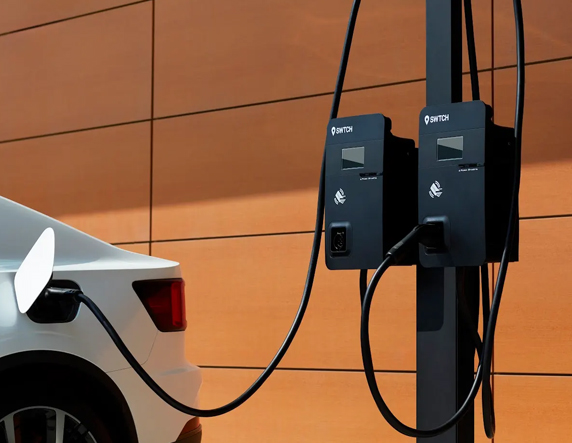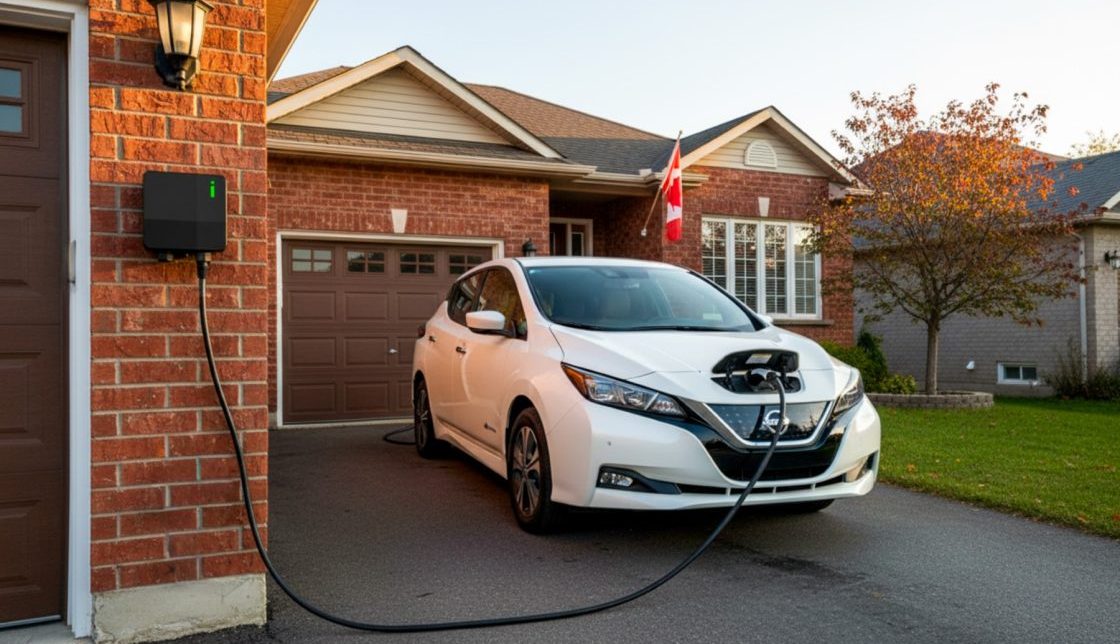Dodging a $100,000 Bullet: How Smart Load Management Unlocks EV Charging ROI
How many times has this same story unfolded? A forward-thinking property manager starts scoping an EV charging infrastructure project, energized by tenant demand and the seemingly modest cost of the charging equipment itself. Then the electrical contractor’s quote arrives.
“You’ll need a $100,000 electrical service upgrade.”
Enthusiasm gone.
What began as a promising amenity project—one that could differentiate the property and attract environmentally conscious tenants—transforms into a financial non-starter. The payback period stretches beyond acceptable limits, and another EV charging initiative joins the graveyard of “financially unviable” projects.
This scenario represents a fundamental disconnect. Tenants increasingly expect EV charging as a basic amenity, yet property owners face prohibitive upfront costs that make installation seem impossible.
Here’s the good news: Today, this expensive upgrade is often completely unnecessary.
The question isn’t “How can we afford a six-figure upgrade?” but rather “Do we actually need one?” Increasingly, the answer is no.
Smart load management technology can eliminate these costs entirely, transforming EV charging from a capital-intensive construction project into a high-ROI amenity.
Key Takeaways:
- Cost Savings: Smart load management can eliminate tens or hundreds of thousands in electrical upgrade costs
- Four System Levels: From basic circuit sharing to whole-building integration, each suited for different needs and budgets
- Real-World Performance: Systems adapt to actual usage patterns, not theoretical peak demand
- Quick ROI: Dramatically reduced upfront investment accelerates payback periods
- Future-Proof: Easier expansion and ongoing operational savings through demand charge management
Why EV Charging Projects Hit Unexpected Cost Barriers
Because of the speed of development in EV charging, electrical contractors often aren’t fully aware of what’s possible with modern load management technology.
When assessing EV charging requirements, many contractors take conservative approaches to ensure adequate power capacity, which can lead to recommendations for expensive electrical upgrades.
The traditional thinking focuses on peak theoretical demand: if you’re installing 10 chargers, you might need substantial electrical capacity to handle all of them being in use at once. But this approach doesn’t account for real-world usage patterns.
Real-world EV charging behavior reveals significant variability. Residents arrive at different times, their vehicles have varying charge levels based on daily usage, and most charging occurs during extended overnight periods when power can be distributed efficiently across time rather than concentrated in peak demand moments.
Fundamentally, the problem isn’t insufficient power—it’s that many projects don’t explore intelligent power distribution options that could eliminate the need for expensive infrastructure upgrades.

The Four Levels of Smart Load Management: Choosing Your Strategy
Smart load management isn’t a one-size-fits-all solution. Modern systems offer four distinct approaches, each designed for different situations, budgets, and performance requirements.
Level 1: Circuit Load Sharing
Best for: Smaller, budget-conscious installations with predictable usage patterns
The most basic approach allows multiple chargers to share a single electrical circuit. Four chargers on a 40-amp circuit might each receive 8 amps when all are active (enough for 20-30 miles of range in 3 hours), or the full 32 available amps when charging alone.
Note: It’s best practice to only use about 80% of a circuit’s capacity, hence the “full” 32 amps on a 40-amp circuit.
Trade-offs: Unpredictable performance when neighbors plug in simultaneously, and system failures can impact multiple chargers.
Example: The Arncote Development in Langford, British Columbia used circuit load sharing to install eight charging stations on just two circuits, helping keep electrical infrastructure costs down.
Level 2: Dedicated Circuits with Centralized Management
Best for: New constructions prioritizing driver experience
Every charger gets its own dedicated circuit, but a centralized system manages power allocation across all of them. Vehicles typically receive 30-40 amps initially, with throttling only occurring when the electrical panel approaches total capacity.
Trade-offs: Higher upfront installation costs, but superior performance and reliability.
Level 3: Panel-Integrated Dynamic Load Management
Best for: Retrofitting existing buildings without major upgrades
Current Transformer (CT) clamps monitor real-time power consumption at electrical panels, allocating remaining capacity to EV charging. When air conditioning peaks on hot afternoons, EV charging temporarily reduces.
When HVAC cycles off at night, charging power automatically increases.
Trade-offs: Charging performance directly correlates with building-wide electrical consumption, potentially seeing 70-80% speed reductions during extreme weather.
Example: By using panel-integrated load management, ASPAC Developments’ Hollybridge at River Green property was able to save $1,000 per parking stall on a 574-stall EV-readiness upgrade.
Read the full success story here.
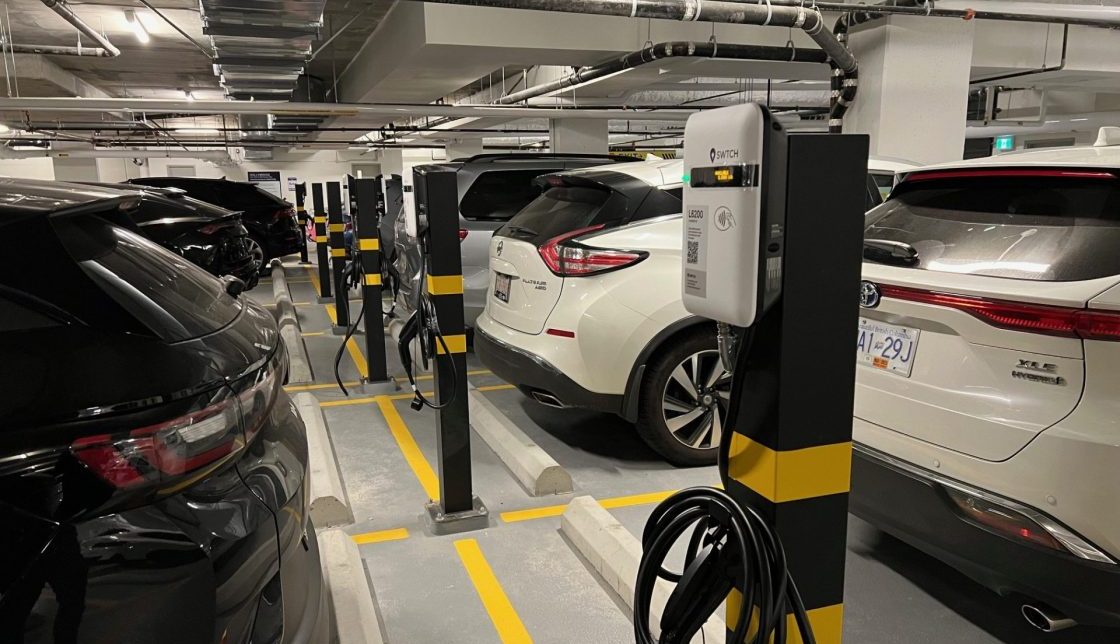
Level 4: Whole-Building Integrated Management
Best for: Large properties with substantial utility demand charges
The most sophisticated approach monitors the building’s main electrical feed to prevent costly demand charge spikes (additional fees based on peak 15-minute power usage each month). Many larger properties pay fees based on their single highest 15-minute power usage peak each month—substantial demand EV charging at the wrong time could trigger thousands in additional monthly charges.
Trade-offs: Most complex installation requiring coordination between multiple stakeholders, but can deliver substantial ongoing operational savings.
Example: Shannon Wall Centre was able to save more than $1 million on electrical work for getting 300 parking stalls EV-ready by using whole-building integrated load management for its EV chargers.
Read the full success story here.
Load Management System Comparison
| Level |
Best For |
Upfront Cost |
Complexity |
Key Benefit |
| Level 1: Circuit Sharing | Small, budget-focused | Lowest | Simple | Minimal investment |
| Level 2: Dedicated Circuits | New construction | Moderate | Moderate | Reliable performance |
| Level 3: Panel-Integrated | Existing building retrofits | Low-Moderate | Moderate | No electrical upgrades |
| Level 4: Whole-Building | Large properties with demand charges | Moderate-High | Complex | Ongoing operational savings |
Financial Comparison: Traditional vs. Smart Load Management
The economic case for smart load management becomes clear when comparing project pathways. Consider a typical multifamily property planning to install a bank of Level 2 chargers:
Traditional Approach:
- Initial project cost: The cost of the EV charging hardware and standard installation
- Required electrical upgrade: A major, and often prohibitive, electrical service upgrade is frequently required. This cost alone can easily double or even triple the project’s initial budget, bringing many projects to a halt
- Total upfront investment: A substantial capital outlay, driven largely by the massive cost of the infrastructure upgrade
Smart Load Management Approach:
- Initial project cost: The cost of networked EV chargers and installation, which includes a marginal increase for smart technology like a network gateway and CT clamps (current transformer monitoring devices)
Required electrical upgrade: $0. The system is designed to work within your building’s existing capacity - Total upfront investment: A dramatically lower investment, focused on the charging technology itself rather than on expensive, foundational electrical work
- Ongoing costs: Modest annual software and network fees to support the intelligent management platform
By eliminating the need for a major electrical upgrade, the smart approach can slash the total upfront investment required, often by more than half.
And for those properties that opt for total building optimization, load management can deliver thousands of dollars in additional ongoing monthly savings, creating even more substantial ROI.
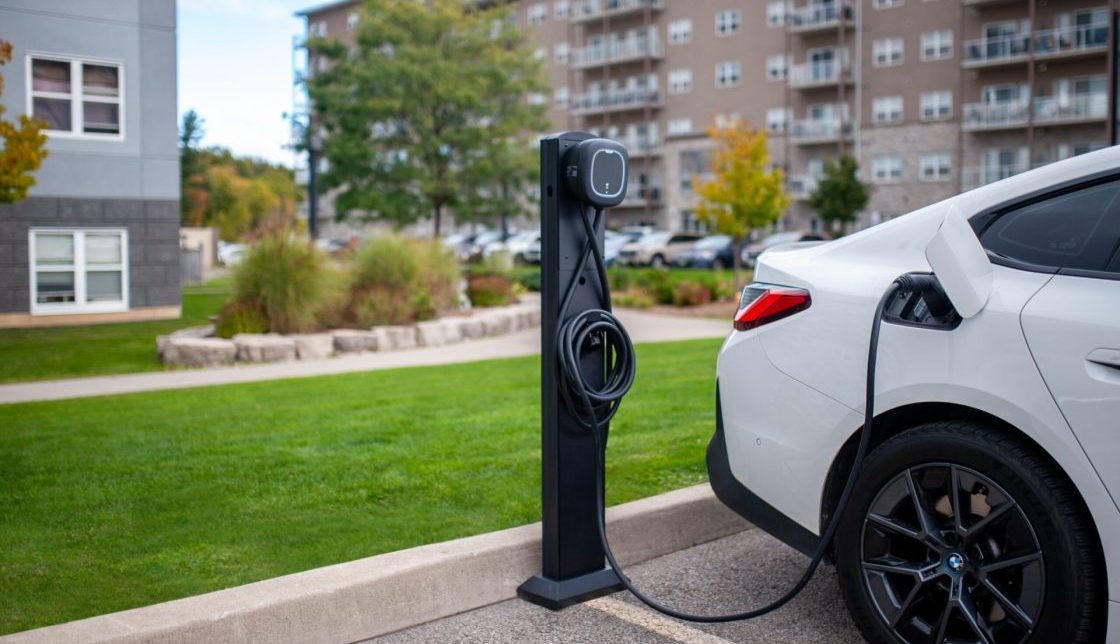
The Strategic Action Plan for Load Management: Beyond “Call an Electrician First”
To install EV charging that saves money through load management, it’s important to use a data-driven strategy that identifies the best path forward for your property specifically.
Step 1: Assess Your Property’s Present Situation
Before selecting hardware, understand your building’s electrical consumption patterns and determine which level of load management aligns with your priorities:
- Budget constraints → Consider Level 1 or 3
- Performance priority → Level 2 or 4
- Existing building limitations → Level 3
- High utility demand charges → Level 4
Step 2: Power Capacity Assessment
Commission a comprehensive analysis of actual building electrical consumption patterns over extended periods. This usually involves installing temporary monitoring equipment or analyzing utility data to understand peak usage throughout different seasons.
Step 3: Performance Modeling
Work with qualified EV charging solutions experts to model how your chosen load management level would perform using your current electrical infrastructure. This modeling uses actual consumption data to simulate various charging scenarios and demonstrate the system’s ability to meet requirements within existing constraints.
Step 4: Right-Size Your Solution
Only after understanding available capacity and modeled system performance should hardware selection proceed. This ensures solutions optimize actual conditions rather than theoretical maximums.
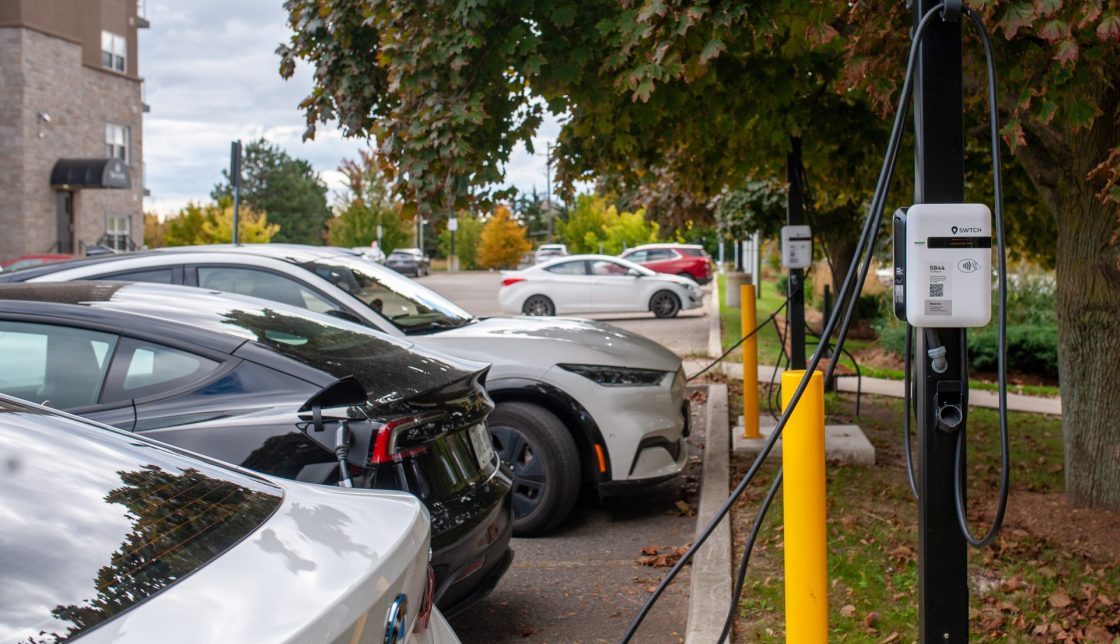
The Strategic Imperative: Treating Electrical Capacity as a Manageable Asset
This methodology represents more than cost avoidance—it embodies a strategic approach to infrastructure investment that treats electrical capacity as a manageable asset rather than a fixed constraint.
Properties that adopt load-managed EV charging position themselves to be flexible in the face of evolving tenant expectations while also keeping their costs lower.
Beyond lower initial costs, some of the advantages that load management can offer include:
- Easier expansion when more chargers are needed
- Potential ongoing savings through demand charge management
- Enhanced property value through future-ready infrastructure
Smart Load Management: The Key to Accessible EV Charging
For forward-thinking property owners, smart load management provides the tools for approaching EV charging strategically and with an eye on rapid ROI.
The right system allows you to deploy more chargers with significantly less infrastructure investment, all while ensuring driver satisfaction and controlling ongoing operational costs.
The properties that recognize this opportunity will avoid significant capital expenditures while positioning themselves as innovation leaders. People want EV charging today, and the faster you can deliver, the sooner you can start building up goodwill with them.
Ready to explore smart load management for your property?
Get in touch with our team today! We’ll help you get started.
Smart Load Management FAQ
Q: Will my charging speed always be slower with load management?
A: Not always! Dedicated-circuit systems often provide full-speed charging most of the time, only throttling when the entire system approaches capacity. Even panel-integrated systems frequently deliver high charging speeds during off-peak hours when building loads are minimal.
Q: What if my building’s electrical needs change seasonally?
A: Advanced systems will adapt to your consumption throughout the year. Total building optimization systems are particularly sophisticated, pre-adjusting charging schedules based on weather forecasts and historical building consumption data.
Q: Can I upgrade my load management technology later?
A: Yes, though depending on where you start and what you want to implement, there may be some installation or electrical work that needs to be performed.
Q: How do I explain variable charging speeds to residents?
A: Proactive communication is key. Use signage and app notifications to explain that the system optimizes charging based on building-wide energy use, ensuring everyone gets adequate overnight charging while avoiding expensive electrical upgrades that would increase costs.
